Liza Donnelly was looking down and painting, and the tourists sneaked past her, stopping to watch her work from time to time; people were talking around her, but she didn’t look up, as if she was blending with the brick wall under her feet.
“There is a feeling of meditation.”
She took her iPad tablet wherever she went. About two years ago, this lightweight electronic product replaced her pen and paint, but the same thing was done, observation, integration and capture.
A few minutes on the Great Wall, she drew an old man wearing a melon hat and bending over the ground; outside the subway station, she saw the hawker carrying the bag selling the small flag. “Interestingly, she (hawker) will I handed the flag directly to the child and tried to get their parents to pay. I also painted this.”
Donnelly lives in New York. In 1979, she successfully sold her paintings to The New Yorker for the first time and has since become a full-time cartoonist.
Today, she is one of the most well-known political cartoonists in the world, and she has won numerous awards for her collaboration with The New Yorker. Her cartoons also appear in various media such as The New York Times, CBS, FOX News, and Politico. In recent years, she has been known for real-time live painting – a new form of visual reporting, and Donnelly became the first cartoonist to enter the Oscars.
“I tried to capture the little things that other people couldn’t see.” She would paint a gorgeous host and a star on the red carpet; she would also drill behind the curtain to sketch a worker who was finally retouching the Oscars. .
She was also invited to participate in the Grammy Awards Ceremony, the 2016 Democratic National Convention and the White House press conference, which gave live coverage of the 2017 US presidential election.
To this day, on the stage of creating laughter, women’s voices are disproportionately lacking, talk shows, satirical cartoons, comedy movies… A stereotype is that women themselves are not so funny, and funny is a man’s job.
When Donnelly joined the New Yorker’s team of cartoonists, only three female cartoonists worked there, but she ” never thought she was a female cartoonist; I was just a cartoonist who happened to be a woman.” Ten years ago, she was inspired to write a book called “Funny Lady” to celebrate the work of female cartoonists in a male-dominated profession. Later, she wrote a lot of books.
But beyond all this, contributing to The New Yorker is still her regular daily routine. Turn newspapers, read news, pick up buzzwords and trends, do some daydreams and graffiti, splicing together different character scenes, and finally send 6 to 7 paintings to comic editors, waiting for the review day’s choice – A daily sacred for all comic authors.
Her work is usually a small single painting, the picture and lines are not complicated, and with a few narration or dialogue, it gives a illusion that seems to be effortless. This is a typical New Yorker commentator. Comic style.
Faced with Donnelly, it is difficult for people to immediately correspond to the name of her political cartoonist. From the speed of speech to the way of behavior, she exudes a peace. Especially when evaluating peers, she repeatedly reiterated that “I am not willing to judge people” and “should allow different ways and styles to exist”.
But as Bob Mankoff , a former comic book editor for The New Yorker, said , “Humor is a sober.” For Donnelly, comics are her resistance to many of the world’s rules, in a way that is her own.
Donnelly spent his childhood in Washington. In the late 1960s, the United States was moving with intense and active air. The Kennedy assassination was in turmoil. As the United States deepened and deepened in the Vietnam War, the anti-mainstream hippie culture rushed to the top, Woodstock’s love and peace. Quickly twisted into a radical anti-war force.
The civil rights movement and the feminist movement flourished, and in the context of many old orders being broken, the younger generation was forced to think about their place in the times.
“I think I was scared at the time, because the whole world is full of uncertainty… Like all other young people, I feel extremely distrustful of the government.”
She knew from the outset that she was not the type of person who would stand up and shout slogans. The comics became an outlet for her current situation and political complex emotions. “Although I didn’t end up being an activist, in the subconscious, these experiences made me question many things.”
However, this was not fully reflected in her early work on The New Yorker. She painted some gentle and everyday little cartoons, with occasional sporadic comments about elections, or gun rights. At that time, Donnelly felt that he was not enough to understand politics to the point where he could judge him.
Until the “9.11” incident occurred.
“I was really shocked… I felt that I couldn’t even continue to draw comics anymore, and nothing seemed to be funny.”
A few months later, The New Yorker bought one of her comics. In the picture is a living room, the news anchor on the TV is talking about something, the little girl looked up and sat on the sofa, the father holding the newspaper asked: “Dad, can I stop worrying now?”
This work is of great significance to Donnelly. Not only does she mean that she has come out of a weak creative dilemma, but she also realizes another possibility of political cartoons.
In the same period, there was a cartoon from other authors that impressed her: a pair of men and women stood next to the bar counter, the men in them wore a very funny jacket, and the lady said: “I thought I could never laugh again. It is.”
“I think this perfectly describes the situation at the time,” Donnelly said. In the face of huge trauma or major political issues, in addition to collective grief or anger, a sense of humor can also have a place. “It’s not just taking this situation to have fun, but really trying to pass on something.”
Since then, she has been increasingly involved in the field of political comics and has focused on the topic of women’s rights.
“I realized that you can draw cartoons about culture and politics without having to be angry.” Political cartoons are a long-standing existence in American history. But in the early days, even until the growth of Liza, the style of this type of work was mainly directed at straightforward, “noisy” and intense emotions.
The picture is often filled with red-faced people, ugly and exaggerated politicians, and a large number of symbolic images, which are still widespread today. In contrast, it is Donnelly’s “quiet comics.”
“Anger is there, just below the surface. I want to talk about some problems with comics, but I don’t want to push people away, comics should create a dialogue; and anger sometimes pushes readers away, not pulling them Into the conversation.”
Some cartoonists can lead readers through time and space, from the medieval battlefield with helmets and armor to the suspended outer space. For example, in the story of Liza’s husband, Michael Maslin, a New Yorker cartoonist, the protagonist may be an ancient cave family.
Donnelly’s story is more everyday. Her comic scene is nothing more than a shuttle between the living room, the office, and the roadside. The frequency of dental clinics is particularly high.
As you can see from the earliest works, Donnelly never wants to build a fantasy world view. These everyday scenes are tools that can be pinched in her head for every new conversation or idea.
The advantage of this style is that the reader can quickly enter the character and empathize with the characters in the picture. Over time, people will have a feeling that the temperament of the city permeates the most ordinary day-to-day; politics does not only occur in the congress halls and political programs.
“The politics I want to express and explore is a kind of politics that is more culturally oriented,” Donnelly said.
“For example, I have a lot of comics related to women’s rights, but I often pay attention to how people communicate with each other and how to treat each other. This can be very quiet, but at the same time it can expose some potential problems. This is the way I prefer. Comments on different trends, comments on changes in gender relations, changes in family relationships, etc. These things are just like other things, and they are also a political discussion.”
Compared with novels or movies, comics have a very special aspect. It is always commentative and has an attitude; compared to commentators, comics are more approachable.
Donnelly said, “If you can make a person laugh, they may see some different perspectives… And who doesn’t like to watch cartoons?”
But this is not all, comics can also create barriers and become a destructive force.
Beginning in September 2005 , 12 cartoons of the satirical Islam Prophet Muhammad were published in the largest daily newspaper in the Netherlands, the Jutland Post, which caused great dissatisfaction in the Islamic world and brought the horrors of some extremists. Threats, and subsequent series of news and political events.
Ten years later , the French political satire magazine Charlie Hebdo was attacked by terrorists, killing 12 people, including several senior editors and cartoonists.
These two events have greatly shaken the political comic world around the world. Many people believe that comics are not a problem in themselves, but only intensify tensions and dynamics in some eras. In a global predicament, comics seem to act as a mirror to magnify a small editorial editorial decision into an internationally influential, multi-level political and diplomatic conflict.
But in any case, these things force cartoonists to rethink their profession and their role in society.
At the time of the Danish comics event, Donnelly spoke at the United Nations as a representative of the Peace Comic Organization; after the Charlie Hebdo incident, she was invited to participate in the 5th International Conference of News Cartoonists held in Caen, France. “Charlie Weekly” and freedom of speech begin. She also wrote a commentary on the matter for the New York Times . “Although we must be strong, seditious images or words are not always the answer… Although these decisions are very personal, I fully defend my rights to do so.”
“In many comics that appeared immediately after the Paris attack, the pen was expressed as a sword or a gun. I may be naive, but I don’t think my pen is a gun, but I think of it as an olive branch.”
Humor can create empathy and bring people together, but at the same time can be used as a weapon to strengthen prejudice and stereotypes, attack and alienate those different people. Donnelly believes in freedom of the press, but she also believes that when she sits down to write an editorial, she needs to draw a personal bottom line.
The 2016 US election is an important moment for many cartoonists. Even the artists who used to be less involved in political topics felt the need to speak. For a time, social media began to be active in a variety of voices, and Donnelly was one of them.
The New Yorker is not her only platform for her work. A few years ago, she posted her work on social media, some essay-like content creations, and some New Yorkers might not choose to publish. These quickly made her a well-respected commentator.
During the campaign, she published a variety of comics. In her pen, Trump is a small man in big shorts, with an exaggerated airplane head and a slingshot aimed at his opponent. “Because for other candidates, he is like a campus bully.”
That series of works became one of the most intense and straightforward creations of all her paintings.
After Trump was elected, Donnelly didn’t know what to do for a while; when she picked up the brush again, she made a decision, she abandoned Trump’s big shorts – one in many people’s eyes Itching design. “This country is already full of divisions, so go and laugh at him… Of course, I am not criticizing my other peers, but I am really a different type of cartoonist.”
“I don’t want my comics to make this crack bigger and bigger.”
That’s why Donnelly hasn’t joined the AAEC (American Political Comics Association) for a long time. “I don’t paint ‘those’ comics, they don’t want me.” But things have changed, AAEC is starting to be different. The form is open. Today, Liza has become the vice chairman of the association.
For 40 years, Donnelly is both a commentator and a record of change in the times.
She continues to draw comics for different media and tries different forms on her personal Medium blog site . At the same time, she wrote illustrations for The New York Times and CNN. Recently, CBS invited her to make a short video about Air Force One and Trump how to transform it.
In the process, she has been thinking about the role and significance of comics.
To this day, although she has been invited to speak and participate in activities around the world, she still feels that cross-cultural communication is a very difficult thing. She represents the voice of the white American New York Upper East Side and does not represent the will of everyone.
In a TED talk , she talked about “I lived the privileged life of the Americans, but I tried to figure out who I am and why I felt very difficult when I was here… Comics has always been my savior. And I believe The ability of art to open people’s horizons is unique – not just for those who use it.”
In her comics, she tries to expose some stupid and absurd behaviors of Americans. Put pressure on yourself and others in your daily life, trying to explore political issues by portraying how people react and absorb these pressures.
Donnelly started painting at a very young age, “because I realized that I can make my mom laugh. It’s very important.” Growing up in a middle-class family, her childhood is not as calm and warm as some people think. . Parents are always arguing, and there is a problem girl’s sister.
Comics became a tool she tried to heal the cracks in the family. Although it did not seem to work, she laughed at herself, and eventually her parents divorced her sister to go to jail. But the comics have been with her to the present, helping her to try to repair the cracks in society.
“Sometimes people ask me if I think comics can change the world. In reality, it’s hard to rely on comics to change anyone’s thoughts, even though it’s been done in history… but we hope to bring change, many The cartoonists are like this, optimists who are pessimistic about the world.” She told Curiosity Daily.
Donnelly recorded his trip to China on the blog, along with all the essays on the trip. The picture captures a lot of novel moments for her: the pancake fruit stalls are hot; the three rounds of cardboard recycling are overloaded; the uncles play chess on the benches before the newsstand…
“At the beginning of my journey, the plane was about to land in Beijing, and I noticed the moon outside the window,” she wrote at the end. “I suddenly realized that this moon is the same as the moon I saw in my hometown. We all live under the same moon.”
The title picture “You are fired.” From the artist’s homepage


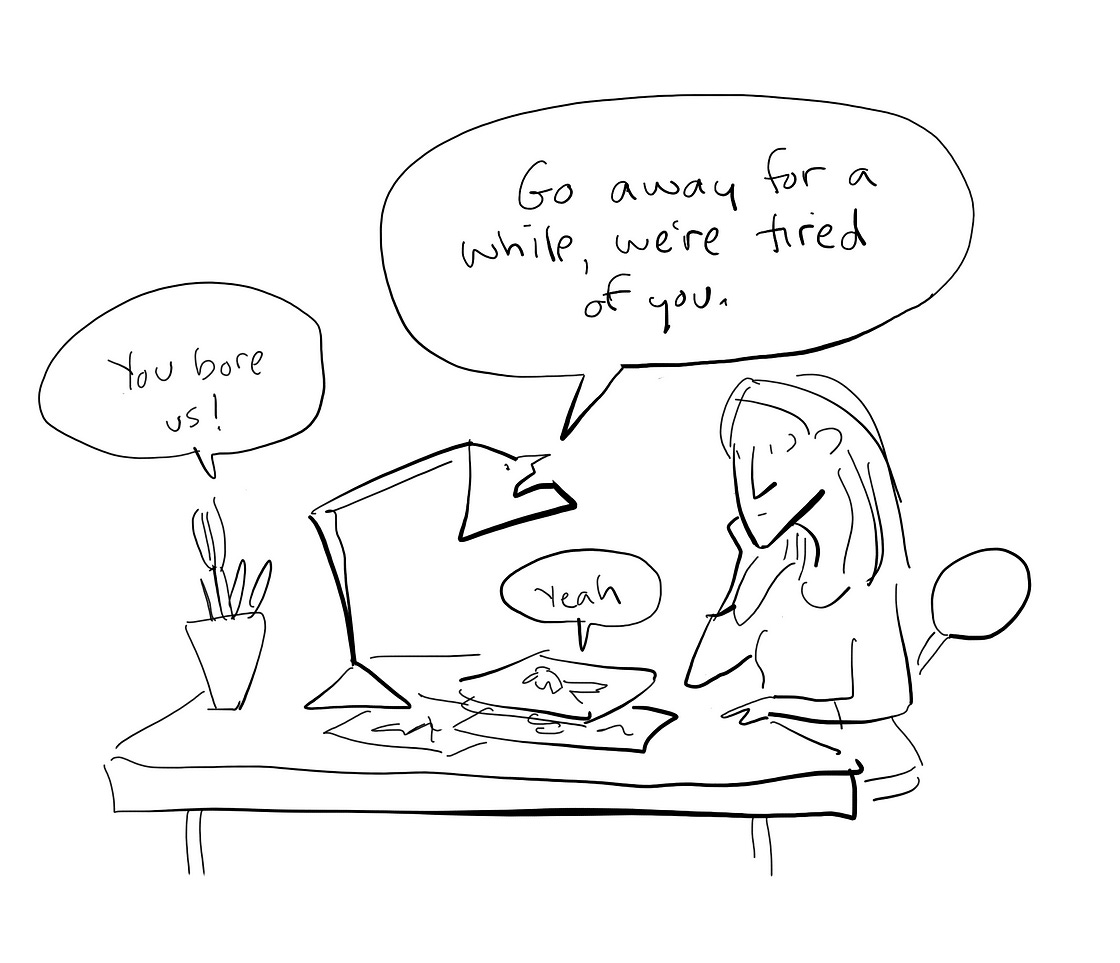

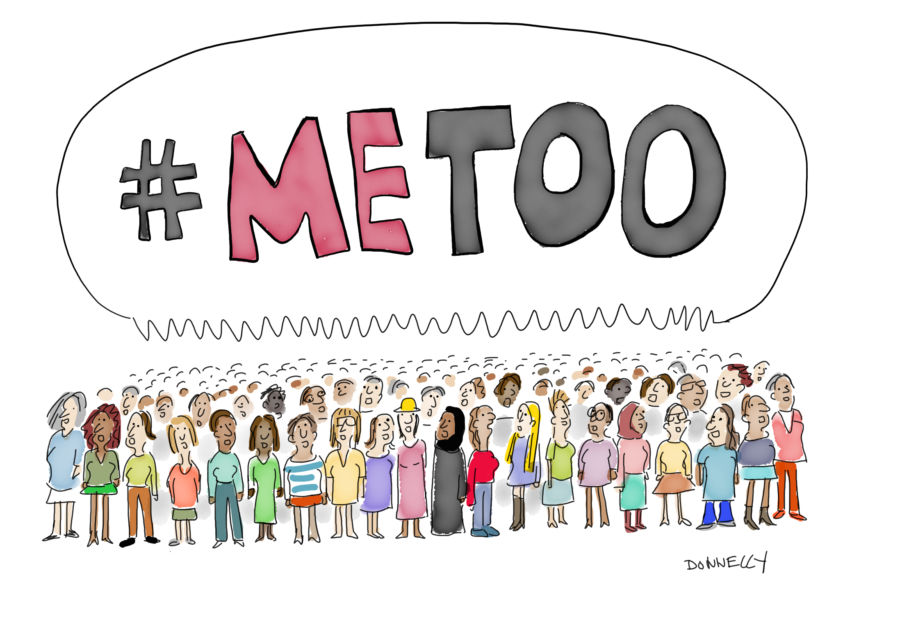
 by
by 



























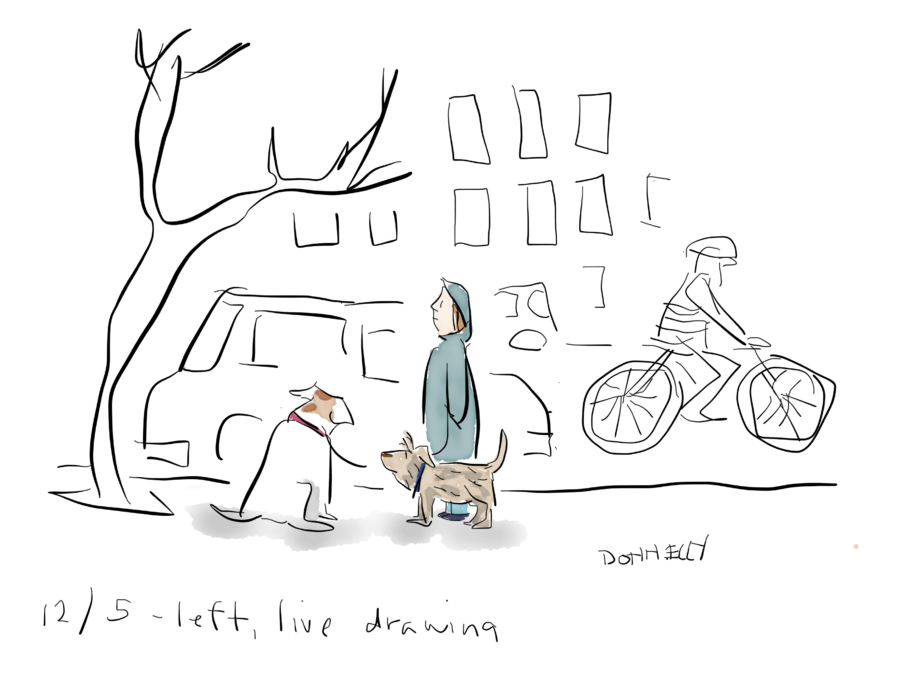
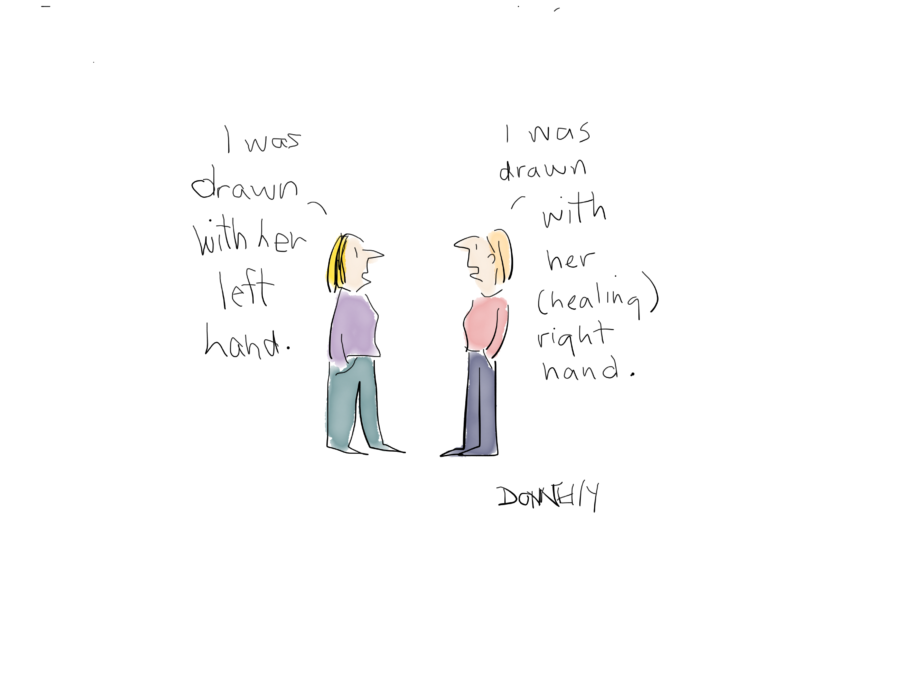 Breaking a bone is common, but when it happens to you, it’s all consuming. I broke my arm a few months back, and wrote about it for
Breaking a bone is common, but when it happens to you, it’s all consuming. I broke my arm a few months back, and wrote about it for 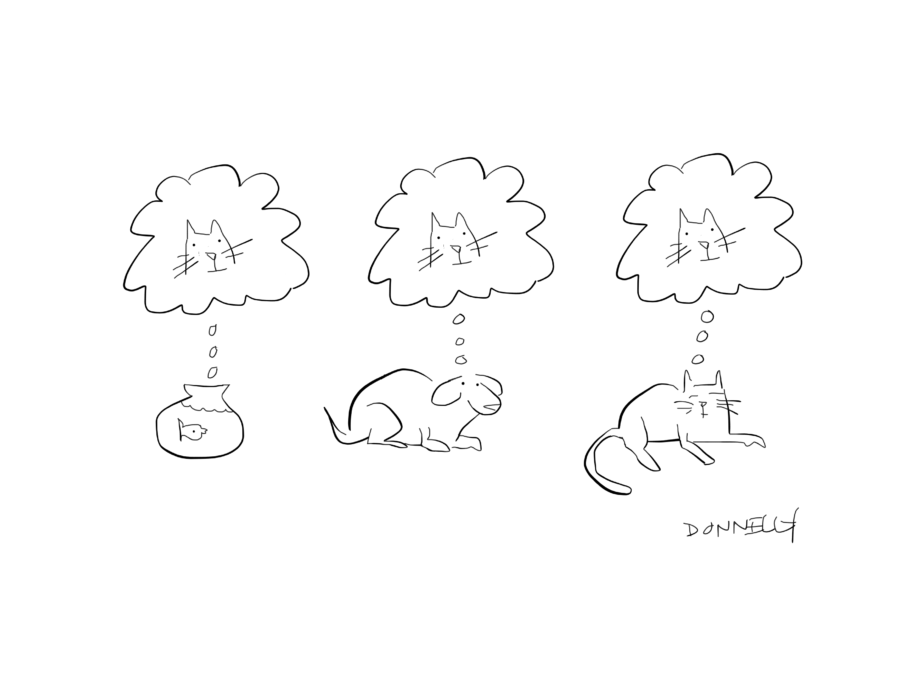
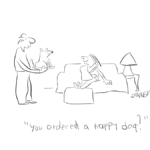
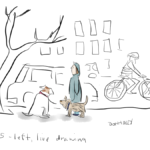

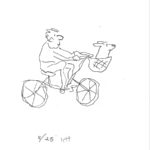
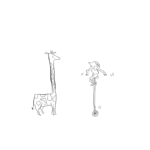
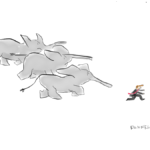


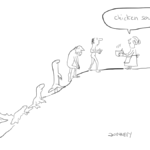
comment